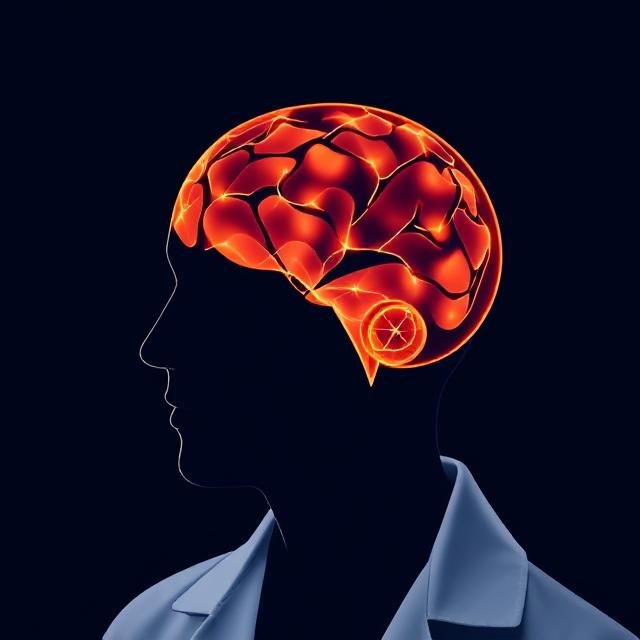What Is FSAD?
Female Sexual Arousal Disorder (FSAD) is a condition where a woman experiences difficulty with physiological or emotional arousal, often resulting in reduced lubrication, diminished pleasure, or inability to maintain sexual interest.
In the DSM-5, FSAD is included under the broader category called Female Sexual Interest/Arousal Disorder (FSIAD). Diagnosis requires that symptoms persist for at least six months, cause personal distress, and are not better explained by a medical or psychiatric condition.
Symptoms of FSAD
To meet diagnostic criteria, a woman must experience at least three of the following symptoms consistently for six months or more:
- Lack or reduction of interest in sexual activity
- Few sexual thoughts or fantasies
- Decreased initiation or receptiveness to sexual activity
- Limited pleasure during sex
- Reduced genital or non-genital sensations
- Little to no arousal in response to sexual cues
Symptoms may occur in all situations (generalized) or only in specific circumstances (situational).
Causes and Risk Factors
The causes of FSAD are typically multifactorial, involving both physical and psychological components.
Biological Causes:
- Hormonal imbalances (e.g., low estrogen or testosterone)
- Menopause and postpartum hormonal changes
- Neurological conditions (e.g., multiple sclerosis, diabetic neuropathy)
- Vascular diseases affecting blood flow to the genitals
Psychological & Emotional Factors:
- Depression and anxiety
- Sexual trauma or abuse
- Body image issues
- Chronic stress or fatigue
Medications:
- SSRIs (selective serotonin reuptake inhibitors)
- Hormonal contraceptives
- Antihypertensives and opioids
Relationship or Social Factors:
- Poor communication with partner
- Lack of intimacy or unresolved conflict
- Cultural or religious inhibition regarding sexuality
Diagnosis and Subtypes
Diagnostic Process:
- Medical and sexual history review
- Physical and pelvic examination
- Hormonal lab testing if indicated
- Psychological evaluation
Subtypes of FSAD:
- Subjective Arousal Disorder – mental arousal is absent, but physical response is intact.
- Genital Arousal Disorder – no physical arousal despite mental interest.
- Combined Arousal Disorder – both psychological and physical responses are diminished.
Treatment Options
A multidisciplinary approach works best for FSAD. Below are the most evidence-supported treatment paths:
Psychotherapy
- Cognitive Behavioral Therapy (CBT): Helps address negative thought patterns, anxiety, and trauma.
- Couples Therapy: Enhances communication and intimacy.
- Mindfulness-Based Therapy: Shown to significantly improve desire and arousal in clinical studies.
Pharmacological Options
- Flibanserin (Addyi): A daily oral medication approved for premenopausal women. Affects serotonin and dopamine.
- Bremelanotide (Vyleesi): Injectable, used as needed before sexual activity; activates melanocortin receptors.
- Testosterone Therapy: Used off-label in certain postmenopausal cases under close monitoring.
- Bupropion and Buspirone: Antidepressants with pro-sexual effects in some women.
Adjunct Therapies
- Topical arousal gels: Increase blood flow and sensation.
- Lubricants: Alleviate discomfort due to lack of lubrication.
- Pelvic floor therapy: Improves muscular function and sensation.
Emerging Therapies
Research is exploring novel treatment avenues, including:
- Peptide-based therapies: Kisspeptin and PT-141 are being tested for stimulating desire centers in the brain.
- Multimodal therapy: Combining pharmacotherapy with psychotherapy for synergistic effects.
- Neurofeedback and biofeedback: Under investigation for their ability to rewire sexual response patterns.
When to Seek Help
You should consult a healthcare provider if:
- Symptoms persist longer than six months
- Sexual dissatisfaction impacts your emotional health or relationship
- You suspect hormonal or medical contributors
- You experience physical discomfort or pain during sex
Early intervention improves both psychological outcomes and relationship satisfaction.













